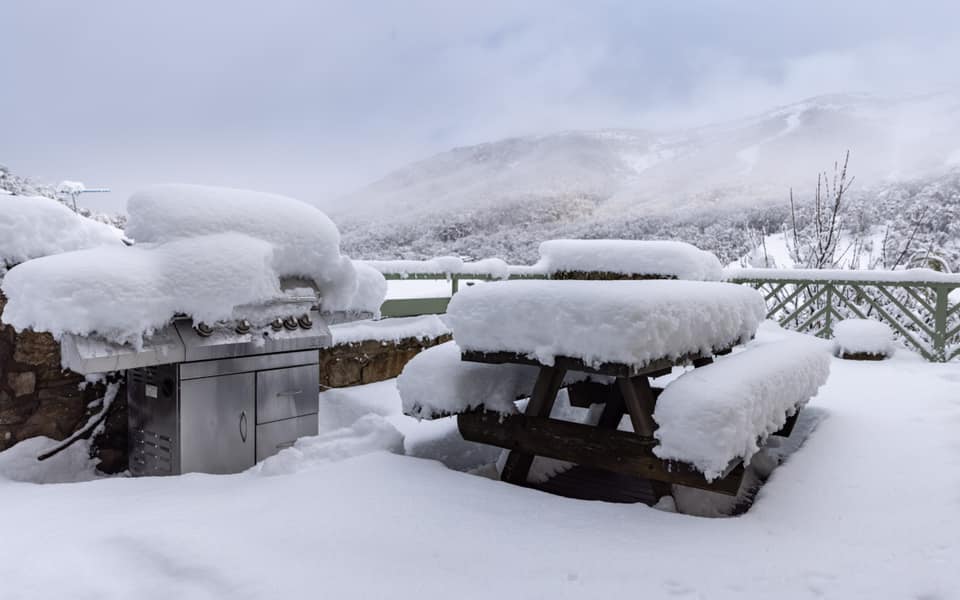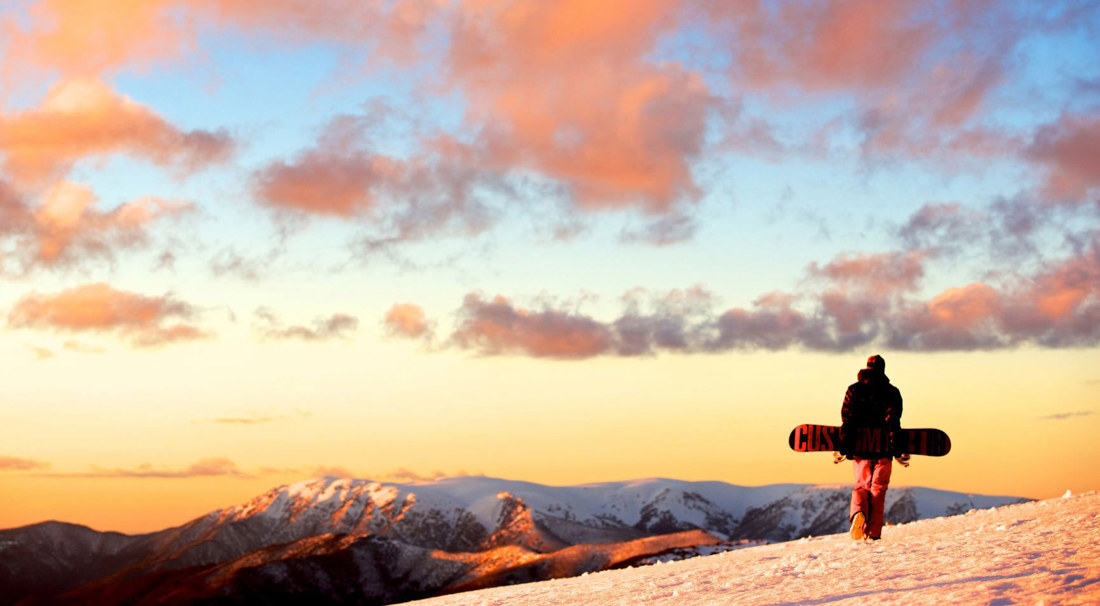Learn Why Snow In Australia is a Bucket-List Experience for Adventure Seekers
Learn Why Snow In Australia is a Bucket-List Experience for Adventure Seekers
Blog Article
Discover the Fascinating Effects of Snow in Australia on Local Communities
In spite of its credibility for sun-soaked landscapes, Australia additionally flaunts areas buried by snow-- a sensation that greatly influences the nation's unique ecosystems. The insulating buildings of snowflakes protect plants and fauna in the middle of the coldest winters, while the melting snow supports rivers and marine life. The genuine wonder lies in just how these frosty conditions shape the nation's biodiversity and nutrient cycles. As we unwind this elaborate relationship, we discover ourselves treading on unexplored grounds in Australia's high country.
The Unexpected Areas of Snowfall in Australia
The high nation areas of New South Wales, Victoria, and Tasmania are especially known for their wintertime snow. The Snowy Hills in NSW, for instance, obtain plentiful seasonal snow, supplying a stark comparison to the nation's common hot, arid environment. The visibility of snow in these areas considerably affects local communities, consequently impacting the nation's one-of-a-kind biodiversity.

Just How Snow Impacts Australia's Unique Flora
These plants have developed to survive in extreme problems, with snow serving as a safety covering from freezing temperature levels and rough winds. The snow also contributes to the dampness web content of the soil, offering essential hydration for plant life throughout the completely dry summertime months. In significance, the snow affects the timing of flowering and seed dispersal, the development prices, and the survival of many plant species, showcasing the elaborate interplay in between climate and flora in Australia.

The Adaptations of Australian Animal to Snowfall
Equally as Australia's vegetation has actually adapted to the wintery conditions, the local animals as well, show amazing adaptations to the snowfall. Species like the Hill Pygmy-possum, the only Australian marsupial understood to hibernate, have evolved techniques to make it through in snowy settings. It uses the snow as insulation, hibernating in rock holes below the snow to remain cozy. The Snow Skink, a types of lizard, changes its colour to white throughout winter, giving camouflage against killers. Birds such as the Snowy Hills' Crimson Rosella additionally adjust their diet regimens to consume available food sources throughout chillier periods. Hence, despite the extreme conditions, Australian fauna demonstrates a flexible and durable nature, guaranteeing their survival view in areas experiencing snowfall.
The Role of Snow in Shaping Local Communities
In forming the regional ecological communities, the duty of snow in Australia is both multilayered and extensive. It influences the circulation of flora and fauna, mainly defining the biodiversity of sub-alpine and towering areas. Snow supplies a critical water resource, feeding rivers and tanks as it melts, hence sustaining a selection of marine life types. In addition, snow works as an insulator, safeguarding ground-dwelling organisms from extreme cold. Similarly, it plays a substantial role in dirt formation and nutrient biking. The regular cold and thawing of dirt induced by snowfall fosters the malfunction of rocks, improving soil fertility. The existence of snow forms the vegetation patterns, animal behavior, and general sustainability of Australia's special click ecosystems.

The Future of Snowfall in Australia: Implications and forecasts

Provided the important role snow plays in shaping regional ecosystems, the future of snowfall in Australia is attracting boosting attention from environmentalists and researchers. Much less snow can result in decreased water availability in alpine regions, detrimentally affecting wildlife habitats and plant life. The tourism market, greatly reliant on the wintertime snow period, might additionally deal with substantial obstacles.
Final Thought
The function of snow in Australia's ecological communities is pivotal yet commonly neglected. It serves as a guard, a nurturer, and a shaper of diverse alpine species, adding to the richness of Australia's high nation. As climatic patterns remain to move, comprehending the ramifications and possible makeovers of these snow-influenced communities is important. Hence, the snow in Australia is greater than a natural spectacle; it's a crucial gamer in the country's environmental narrative.
In spite of its credibility for sun-soaked landscapes, Australia likewise boasts areas blanketed by snow-- a phenomenon that greatly affects the country's Click Here one-of-a-kind communities. It utilizes the snow as insulation, hibernating in rock crevices below the snow to remain cozy - Snow In Australia.In forming the regional environments, the role of snow in Australia is both multilayered and profound. The visibility of snow shapes the plants patterns, animal actions, and total sustainability of Australia's one-of-a-kind ecological communities
Offered the essential function snow plays in forming regional ecological communities, the future of snowfall in Australia is drawing increasing focus from scientists and ecologists.
Report this page